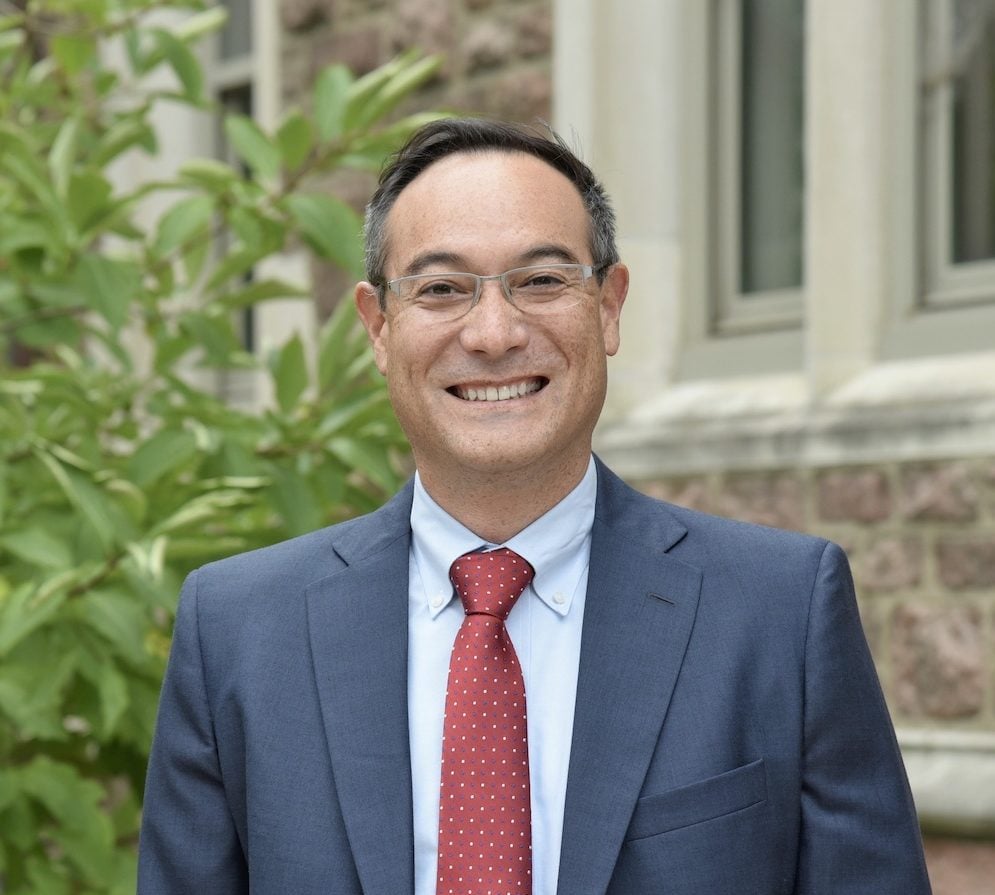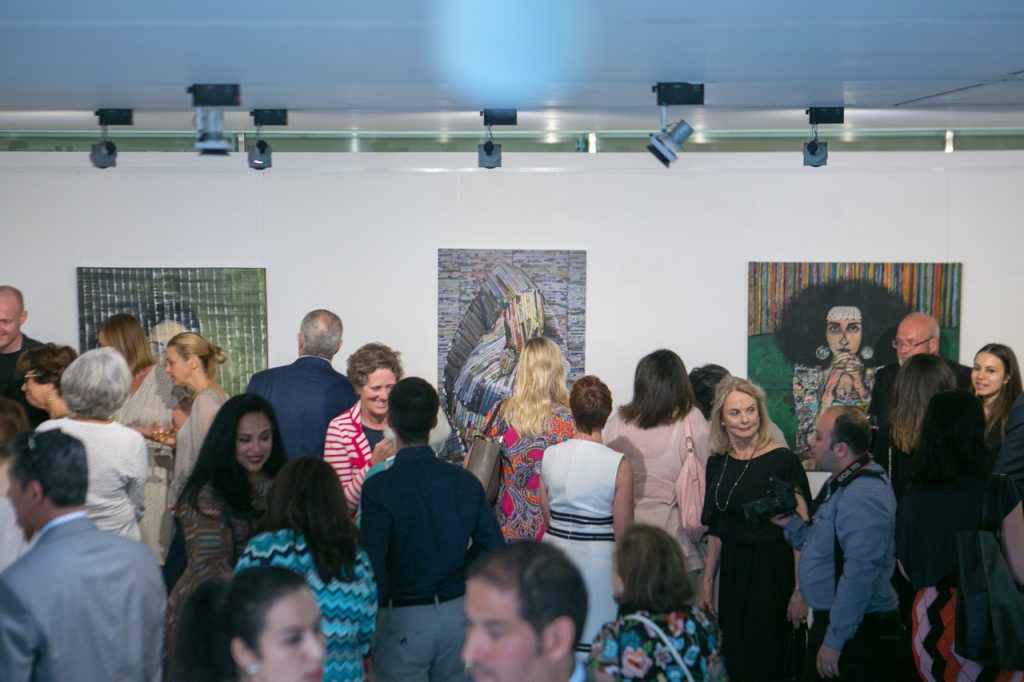20 Years of Love, Music and Memories: Why This Wilco Album Still Resonates
April 27, 2022
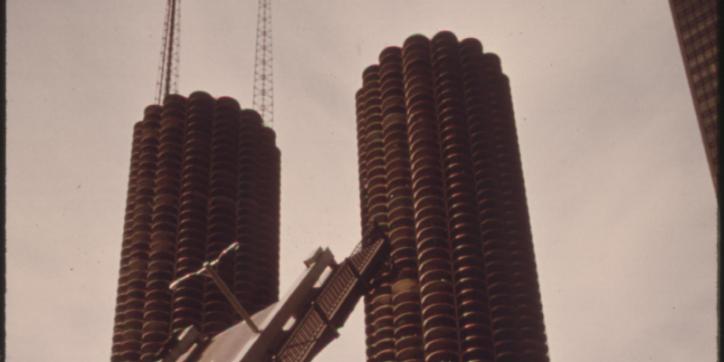
The string quartet finishes, there is polite applause in the Auditorium Theatre and then the man himself appears, looking like the kind of burly Chicagoan who might drive a snowplow for a living. A slight smile, a polite wave to the crowd and then the turn of a knob on the old-fashioned radio set up at stage left. The curtain rises, the musicians are gathered, and the most enchanting opening of any rock song ever made fills the air.
I am there, seated with my wife towards the back of the main section. And as the drums roll and the distortion lifts, it begins to come back, frame by frame, 20 years of memories in the opening notes of an indelible album.
There were maybe two dozen people scattered around the Music Box Theatre that Wednesday afternoon in late summer 2002. I had to come to see Sam Jones’ documentary on Wilco, “I Am Trying to Break Your Heart.” It was the story of the making of the album “Yankee Hotel Foxtrot,” its rejection by Warner Brothers, and its ultimate stunning success, success made even sweeter by the repurchase of the album by a different subsidiary of the same record company.
The film is warts and all. It shows the strife among the musicians, the disbelief that the suits at the record label are too obtuse to see the genius of the music. And it shows the quiet confidence growing in band co-founder Jeff Tweedy. This is the record he wanted to make. He had heard these voices and instruments playing together this way in his head, he had recreated the sound in the studio and then he had put it on vinyl. And now he was going to put it out in the world.
That quiet confidence permeates the album. Who risks lines like, “I shake like a toothache when I hear myself sing” unless they have developed a bone deep sense of who they are, and the assurance to present themselves to the world full and true, naked as light?
Who, right after 9/11, speaks of saluting the ashes of American flags, and mixes that image with fallen leaves filling up shopping bags, unless they believe they have buried deep into America and are bringing new wonders to the people?
Tweedy is not Springsteen. He does not look like a Greek God descended fully formed from the heavens (I read the memoir — I know Bruce didn’t feel like that as a teenager. But come on, just look at him.). “Yankee Hotel Foxtrot is not “Born to Run,” Springsteen’s breakout album. It will not overpower you. It simply says, I know who I am now. It was a struggle to get here, but I am proud of the journey and sure of the person standing at the destination. I speak truths about myself and the world. I will sing them to you softly. Listen close.
I identified. I heard strange, melodious voices in my head, too. Voices about cosmic unity and American possibility. I had returned to Chicago from Oxford just a few months earlier to see if I could put them together into a proper nonprofit organization, Interfaith Youth Core. Funder after funder had rejected us, until finally one had said yes. A handful of kids had agreed to participate in our pilot program.
Tweedy had found the echoes that belonged. So had I.
To add to the majesty, I had fallen in love. And she was remarkable. And she loved me back and wanted a forever together.
Life — it was just exploding all around me. It was on land and in water. I wanted all of it, all at once. I wanted to take off in every direction at the same time. Tweedy understood. He was an aquarium drinker too. He “assassined down avenues.”
I floated out of the Music Box that afternoon. I knew what I was going to do. A single foundation had taken a risk on my nonprofit dream with a modest grant. I was going to find five more. The greatest woman in the world loved me back. I was going to ask her to marry me.
And 20 years later, this reunion, all of the voices and dreams gathered together. My wife beside me. My organization celebrating its twentieth anniversary, now 50 people strong and with a new confidence, changing its name to Interfaith America.
It makes good sense to take stock of a life, a work of art, a band, a nonprofit organization, in chunks of 20. Feels like the right number of years. If you have lived at all, you bear scars, and you carry joys. Stand tall where you are. Gather your friends. Lift your head and sing your songs for the world.
Share
Related Articles
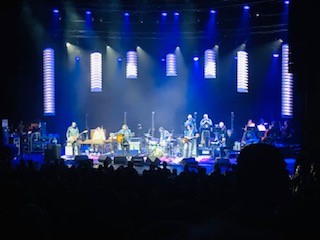
Wilco in concert at the Auditorium Theatre. Courtesy photo.
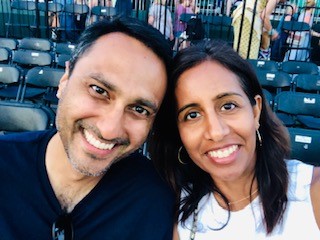
Eboo Patel and Shehnaz Mansuri. Courtesy photo.

